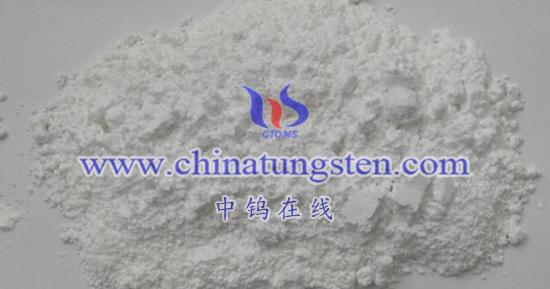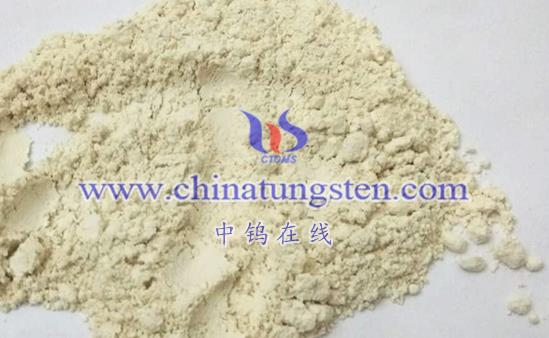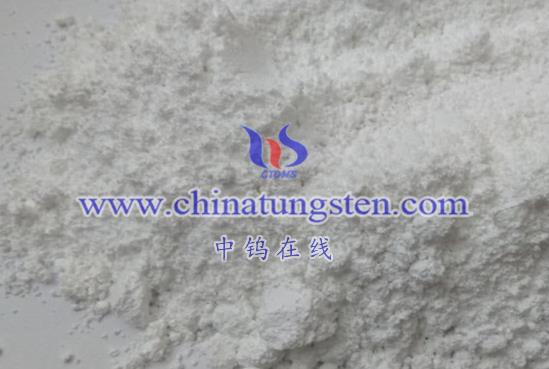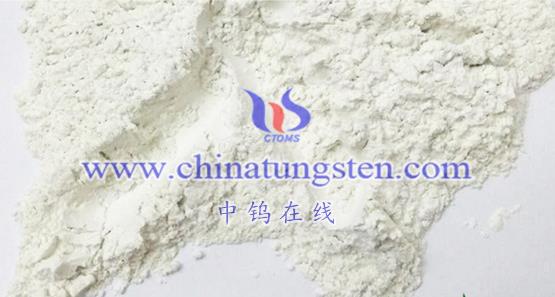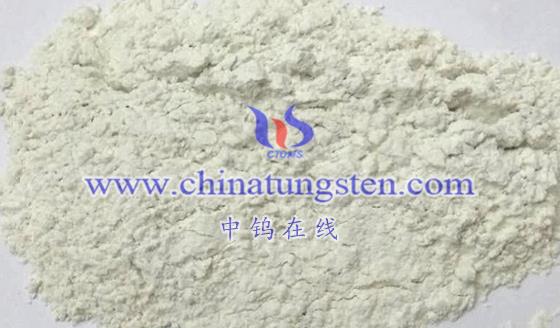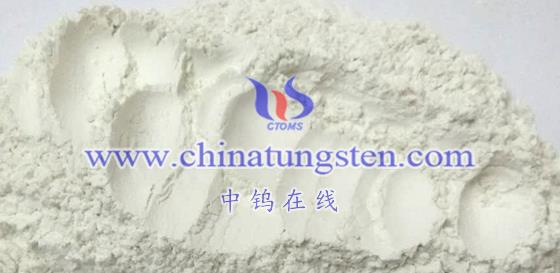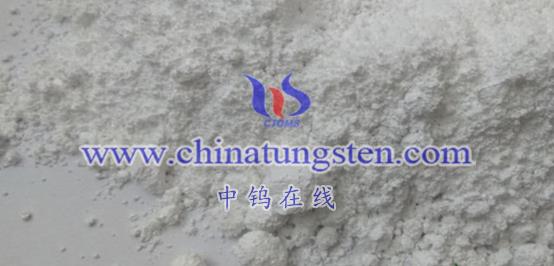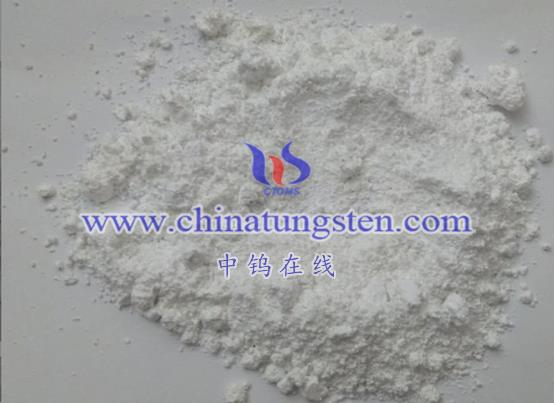
Tungsten oxide (WO3) will turn white under certain conditions, which are mainly related to its crystal structure, chemical composition, preparation process and reaction conditions. The following are some conditions that may cause tungsten oxide to turn white:
- Preparation process and reaction conditions
Specific preparation methods
Hydrothermal method
Under appropriate temperature (e.g. above 160°C) and reaction time, tungsten oxide nanopowders prepared by hydrothermal method may appear white. This may be due to changes in the crystallinity and surface state of tungsten oxide nanoparticles at high temperatures, leading to changes in their light absorption and reflection properties.
Solvent thermal method
Using a specific solvent (e.g., anhydrous n-butanol) and reactants (e.g., tungsten hexachloride and sodium nitrate), white tungsten oxide (W18O49) can be prepared by controlling the reaction temperature (180-220°C) and time (6-12 hours). This method modifies the surface of tungsten oxide by adding sodium nitrate to obtain a white product.
Reaction conditions:
Temperature
At high temperatures, the crystal structure and electronic state of tungsten oxide may change, but at certain specific temperatures (e.g., 180-220°C in the solvent-thermal method), the formation of white tungsten oxide may be more favorable.
Time
The length of the reaction time also affects the color of tungsten oxide. A proper reaction time ensures sufficient crystallization and surface modification of tungsten oxide to obtain a white product.
- Chemical composition and crystal structure
Non-integer ratio oxides
Non-integer ratio oxides, such as W18O49, may appear white due to their special crystal structure and chemical composition. These compounds may also have the property of photochromism under the irradiation of ultraviolet light.
Chemical Reduction
Under certain conditions, tungsten oxide is reduced to other tungsten compounds (e.g., tungsten oxide WO2) by chemical reduction reactions, and these compounds may appear white. However, it should be noted that tungsten oxide itself is not always white, and its color may also be affected by other factors.
III. Other Factors
Surface state: The surface state of tungsten oxide (such as surface adsorbents, surface defects, etc.) may also affect its color. In some cases, by changing the surface state of tungsten oxide (e.g. surface modification or treatment), it may make it appear white.
Tungsten oxide becomes white under specific preparation processes, reaction conditions, chemical composition, and surface states. It should be noted that the specific conditions under which tungsten oxide turns white may vary somewhat in different studies due to differences in experimental conditions, sample purity, and measurement methods. Therefore, it needs to be verified and adjusted according to the actual situation in the specific application.
More details of tungsten oxide product, please visit website: tungsten-oxide.com
Please contact CHINATUNGSTEN for inquiry and order of tungsten oxide:
Email: sales@chinatungsten.com
Tel.: 86 592 5129595
